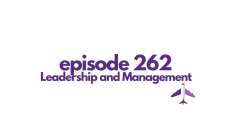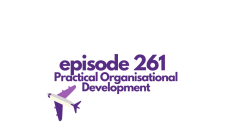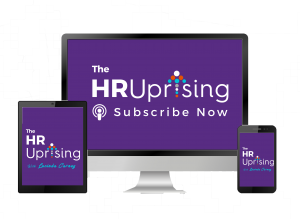Confused by succession planning? Filled to the brim with HR technical terms, even the best of us can get boggled down. Now is the time for some much-needed clarity!
So, what is succession planning? Certainly, it is a strategic talent management activity that predominantly focuses on risk management. Although, it can also be considered as a strategic way of thinking about the future flow of talent through your business.
This Episode: Succession Planning Jargon Buster
In this episode of The HR Uprising Podcast, Lucinda delves into succession planning by explaining the following technical aspects:
- Identifying key roles
- Top-down or bottom-up succession planning
- Readiness
- Potential
- 9-box grid
- Flight risk
- Breadth of Leadership pipeline
Gaining better clarity around these terms is important, especially when considering implementing them into your own business. Certainly, when implemented correctly, succession planning can really fit into a culture of continuous improvement and development.
Valuable Resources

- Join the HR Uprising LinkedIn Group
- Host of The HR Uprising Podcast, Lucinda Carney, is also the founder and CEO of Actus Software, where you can find additional free HR Resources: https://actus.co.uk/free-performance-management-resources/
- Actus Software resource particularly relevant to this podcast episode:
- White Paper: White Paper – What is Succession Planning?
- Webinar: Developing a Talent Management Strategy
- Blog: 5 Remote Talent Management Dilemmas
- Harvard Business Review Article – What science tells us about identifying high potential employees
- The Leadership Pipeline: How to Build the Leadership Powered Company Book – Ram Charan, Stephen Drotter and James Noel: Amazon Listing
Key Takeaways
- The two main questions to ask when considering succession planning are:
- Which roles or positions are essential to business survival or delivering the strategy?
- Which roles require highly specialised knowledge or skills that are difficult or expensive to recruit in or to replace?
- Another question to consider:
- Are there individuals with key knowledge or experience of technology, products or customers that would be equally hard to replace?
- Investors will sometimes insist upon succession plans being in place before providing capital or investment, to ensure that the business can run effectively and smoothly in the event of key personnel suddenly being absent.
- Bottom-up succession planning is less traditional but probably worth considering. This is more forward-thinking by looking at the skills that may be required in the future, rather than creating a carbon copy of people you currently have in place.
- Readiness is a term used to describe someone who may not be ready to step up to a key position now but is being trained with a view to that happening in the future.
- The term ‘potential’ often refers to evaluating the potential future capability of individuals. This can be highly contentious, as this can lead to individuals being left out as they have ‘no potential’ whereas, in reality, this is not the case at all.
- Assessing flight risks is crucial. Are we looking at the people currently in key roles? What is the likelihood of them leaving? What is their flight risk potential? More often than not, personal circumstances can be a key factor in this.
Best Moments
- “HR is often not seen as being particularly crucial to the future strategy of the business. Now that is something we should be changing”
- “The best engineer is almost never the best engineering director”
- “Sharing information that can help us all add value to our organisations”
- “A strategic flow of future talent through the business”
- “Certain people in the business are key to the company’s future”
- “If they have the drive, then they’ll be motivated to find the solution”
About The Host
Lucinda Carney is a Business Psychologist with 15 years in Senior Corporate L&D roles and a further 10 as CEO of Actus Software where she worked closely with HR colleagues helping them to solve the same challenges across a huge range of industries. It was this breadth of experience that inspired Lucinda to set up the HR Uprising community to facilitate greater collaboration across HR professionals in different sectors, helping them to ‘rise up’ together.
“When we look up we rise up”
Contact Method
- Join the HR Uprising LinkedIn community – https://www.linkedin.com/groups/13714397/
- Email: Lucinda@advancechange.co.uk
- LinkedIn: https://www.linkedin.com/in/lucindacarney/
- Twitter: @lucindacarney
- Instagram: @hruprising
- Facebook: @hruprising
- YouTube: Channel
Subscribe To The HR Uprising Podcast Now:















Add comment